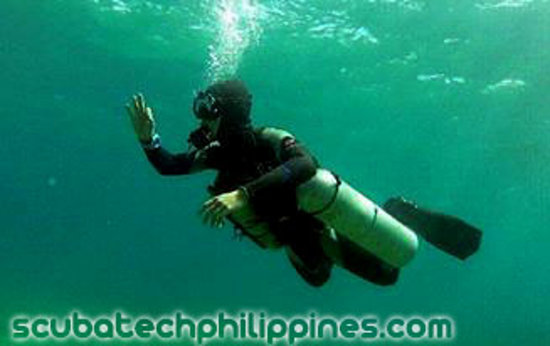- Messages
- 102,492
- Reaction score
- 106,653
- Location
- On the Fun Side of Trump's Wall
- # of dives
- 2500 - 4999
Mikko ... it's my nature, and my usual approach, to talk about alternative approaches to what I teach. The intent isn't to flood the student with information, so much as to make them aware that there are alternatives available, and that each of them comes with reasons why some people would choose to do it that way. A lot of those are dependent on someone's preference, or what they're used to doing ... others work better in certain environments than in others. It's always a consideration how much time and effort one should put into such a discussion ... and when you're teaching through a shop, you have to consider the interests of the business. For example, since I'll be teaching through a shop that markets certain equipment lines, and that promotes GUE training, how much effort would I want to put into talking about how UTD approaches sidemount diving?
... Bob (Grateful Diver)
... Bob (Grateful Diver)




